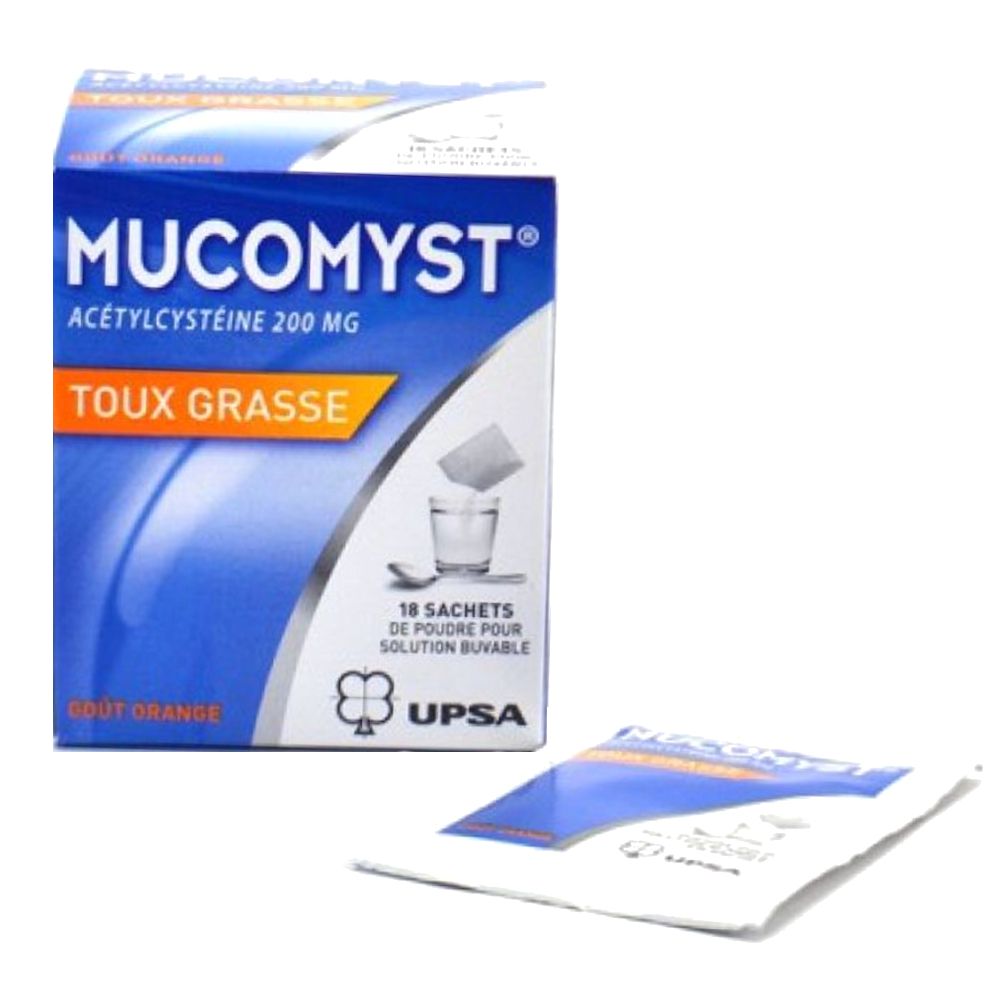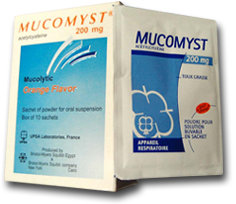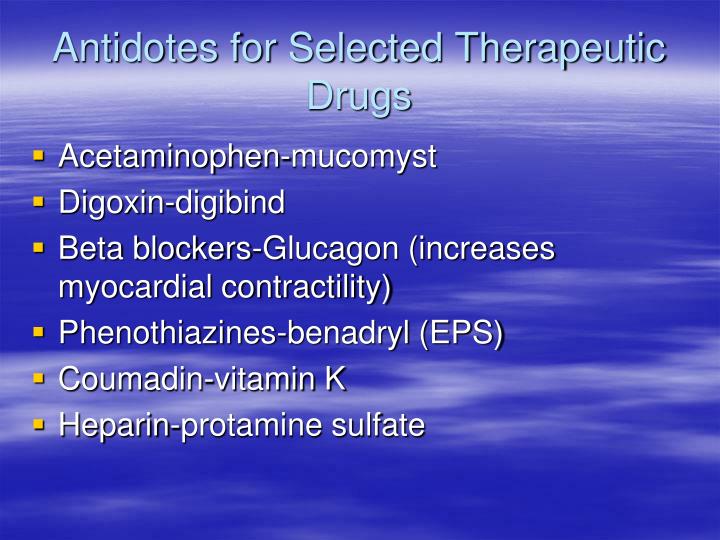

Therapeutic Class: Diagnostic Agent, BronchialĬhemical Class: Amino Acid Uses for acetylcysteineĪcetylcysteine is a mucolytic (medicine that destroys or dissolves mucus).

16 This protocol ( Table 1 16) is the only one to date showing a mortality benefit.Medically reviewed by. 03), as was the combined end point of death, acute renal failure requiring dialysis, and the need for mechanical ventilation during the acute phase of myocardial infarction ( P =. In addition, in-hospital mortality was markedly reduced by N-acetylcysteine ( P =. Patients in the N-acetylcysteine groups had marked dose-dependent reductions of contrast-induced nephropathy (35 percent in the control group, 15 percent in the standard-dose N-acetylcysteine group, and 8 percent in the high-dose N-acetylcysteine group ). 16 Patients were randomized to placebo, standard-dose N-acetylcysteine (600-mg bolus intravenously before angioplasty, followed by 600 mg orally twice daily for four days), or to double-dose N-acetylcysteine (1,200-mg bolus intravenously, followed by 1,200 mg orally twice daily for four days). One recent trial studied 354 patients undergoing primary angioplasty for acute myocardial infarction.

In this subgroup, the annual decline in lung function was almost 50 percent less in those taking N-acetylcysteine (an annual decrease of FEV 1 of 30 mL versus 54 mL in the control group). 6 This effect was most pronounced in patients older than 50 years. 5 In another large, open-label trial that compared N-acetylcysteine with a control medication, patients taking N-acetylcysteine experienced a decrease in the deterioration of lung function as measured by forced expiratory volume in one second (FEV 1). 5 The study also reported “marked improvements” in rhonchi, crepitations, dyspnea, cyanosis, and associated heart failure after one to two months of therapy.

2 An open-label study of 1,392 patients found that N-acetylcysteine reduced the viscosity of expectorated phlegm, reduced cough severity, and improved ease of expectoration in 80, 74, and 71 percent of patients, respectively, after two months of treatment. N-acetylcysteine has been shown to have a positive effect on the clinical course of COPD.


 0 kommentar(er)
0 kommentar(er)
